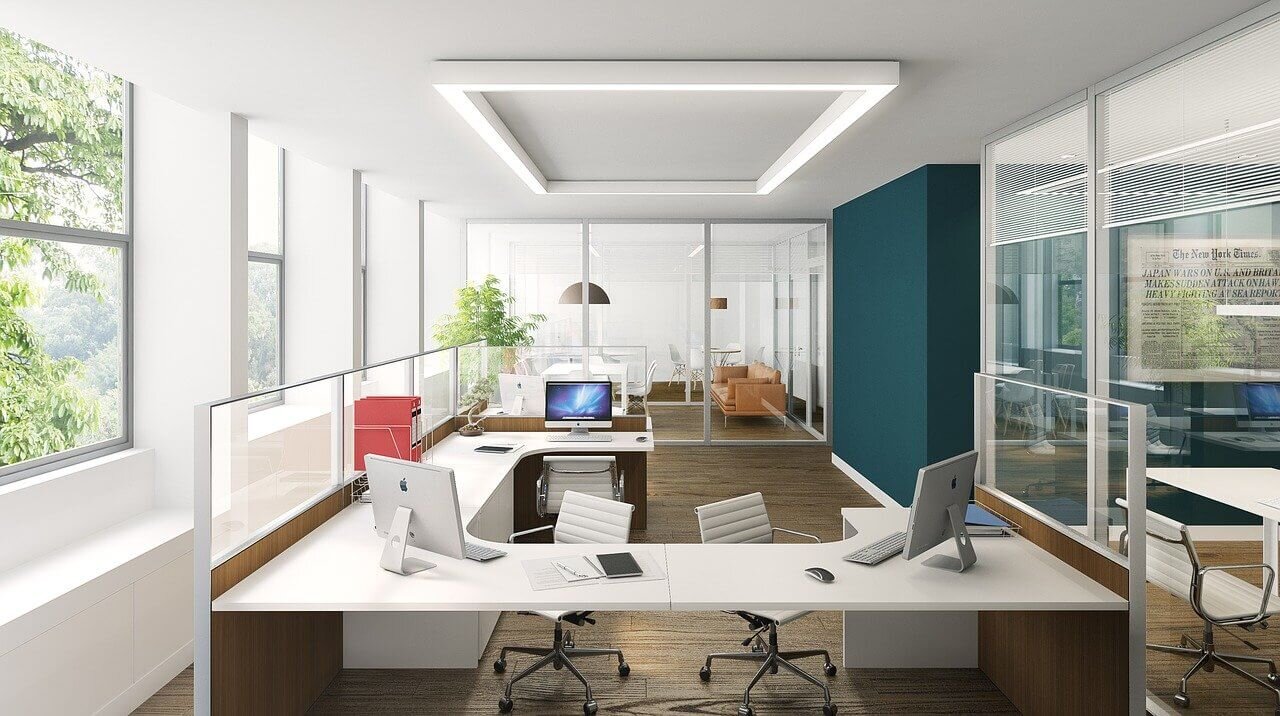
Transforming Workspaces: The Rise of Health and Wellness Offices
In the ever-evolving landscape of office environments, a new paradigm is emerging – one that prioritizes the well-being of employees. Health and Wellness Offices are at the forefront of this shift, transforming traditional workplaces into holistic spaces that nurture both physical and mental health. Let’s delve into the key elements that define these wellness-centric workspaces and explore their impact on the future of work.
Ninth World Hub: Explore the Future of Workspaces
Discover the evolution of Health and Wellness Offices at Ninth World Hub. Our platform is dedicated to uncovering innovations in workplace design and employee well-being. Dive into the world of wellness-centric workspaces and how they shape the future of work with Ninth World Hub.
Biophilic Design for Connection with Nature
Health and Wellness Offices embrace biophilic design principles, bringing the outdoors inside. Natural elements such as plants, sunlight, and natural materials are integrated into the office environment. This connection with nature has been shown to reduce stress, increase productivity, and enhance overall well-being among employees.
Ergonomic Furniture and Active Workspaces
The physical layout of Health and Wellness Offices prioritizes ergonomic furniture and promotes active workspaces. Standing desks, ergonomic chairs, and flexible workstations are common features. These design choices aim to support good posture, reduce the risk of musculoskeletal issues, and encourage movement throughout the workday.
Mindful Spaces for Relaxation and Reflection
Creating mindful spaces within the office is a hallmark of Health and Wellness Offices. These spaces are designated for relaxation, meditation, or quiet reflection. Providing employees with areas to decompress and recharge contributes to stress reduction and fosters a positive mental state.
Healthy Snack Stations and Nutritional Support
Nutritional well-being is a key focus in Health and Wellness Offices. Healthy snack stations stocked with nutritious options replace traditional vending machines. Some offices go a step further by offering nutritional counseling or organizing wellness programs to promote healthy eating habits among employees.
Fitness Facilities and Wellness Programs
Many Health and Wellness Offices include on-site fitness facilities or offer access to nearby gyms. Wellness programs, fitness classes, and activities are integrated into the workday, promoting physical health and creating a sense of community among employees who share similar health and fitness goals.
Natural Lighting and Circadian Rhythm Support
Maximizing natural lighting and supporting circadian rhythms are design priorities in these offices. Exposure to natural light helps regulate the body’s internal clock, improving sleep quality and mood. Health and Wellness Offices leverage architectural design to enhance access to daylight and minimize reliance on artificial lighting.
Mental Health Support and Counseling Services
Recognizing the importance of mental health, these offices often provide access to counseling services. Employee assistance programs, mental health workshops, and resources for stress management contribute to creating a supportive and empathetic workplace culture.
Flexible Work Arrangements and Work-Life Balance
Health and Wellness Offices embrace flexible work arrangements to support a healthy work-life balance. Remote work options, flexible scheduling, and policies that encourage employees to take breaks contribute to a workplace culture that values and prioritizes the overall well-being of its team members.
Green Certification and Sustainability Practices
Sustainability is intertwined with the health and wellness ethos in these offices. Many seek green certifications and implement eco-friendly practices, such as energy-efficient systems and waste reduction initiatives. Aligning with sustainable practices not only benefits the environment but also enhances the overall wellness narrative of the workplace.
Employee Well-Being Surveys and Continuous Improvement
Regularly assessing and improving the well-being of employees is a characteristic feature of Health and Wellness Offices. Conducting well-being surveys, seeking feedback, and actively incorporating employee input into workplace improvements create a dynamic and responsive environment that evolves with the changing needs of the workforce.
A Blueprint for Employee-Centric Workplaces
In conclusion, Health and Wellness Offices represent a transformative blueprint for employee-centric workplaces. By prioritizing the physical and mental health of employees through thoughtful design, wellness programs, and a supportive culture, these offices redefine the traditional concept of workspaces. As organizations increasingly recognize the connection between employee well-being and productivity, the rise of Health and Wellness Offices signals a positive shift in how we approach work and the environments we create for the modern workforce.
